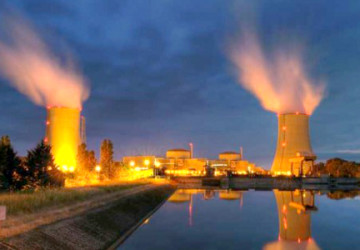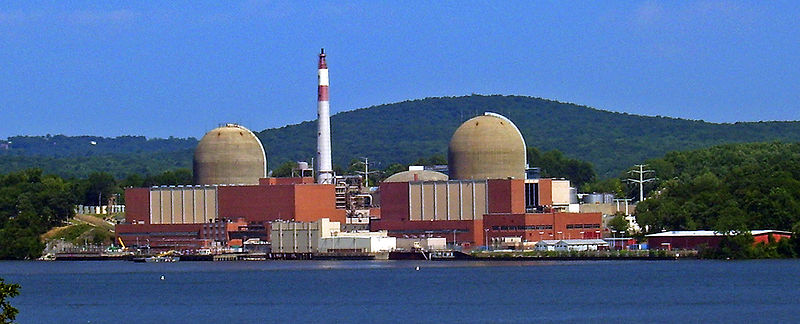38 Miles from NewYork City: Indian Point Nuclear Power Plant: A Ticking Time Bomb?

All nuclear power plants are inherently unsafe – aging, poorly maintained ones most of all.
Entergy Corporation’s Indian Point nuclear plant is located 38 miles north of New York City. It was commissioned in 1974. It experienced numerous incidents warranting concern – the latest on May 9.
A transformer exploded. Fire and black smoke were visible. The plant’s Unit 3 was shut down after the incident. Officials claimed no threat to public safety.
Nuclear experts cite Indian Point’s notorious history of unaddressed health hazards, safety violations, numerous accidents and pollution – issues persisting throughout its operating life.
Waste water emitted from its facilities killed millions of Hudson River fish and other aquatic life forms.
High levels of cancer occur in communities close to all nuclear power plants – notably in the case of Indian Point. Documented evidence shows infant mortality rates drop significantly in communities near shuttered nuclear plants.
Indian Point is located on or near three earthquake faults. Officially, the facility is built to withstand a 6.1 magnitude event. Seismologists predict an eventual major earthquake far more powerful than Indian Point can tolerate.
Experts want the facility closed. It’s outlived its useful period of serviceability, they say.
It needs to be shuttered to avoid a potentially catastrophic incident. Millions of New York City and state residents are at risk.
Imagine the possibility of turning the entire area into an uninhabitable dead zone – like around Chernobyl and Fukushima. Investigations conducted by the New York Daily News and others show Indian Point’s fire detection and suppression systems to be woefully inadequate. New York Attorney General Eric Schneiderman called the facility’s failure to comply with federal fire regulations “reckless and unacceptable.”
US nuclear facility operators notoriously ignore vital safety regulations. People living in the vicinity of these plants face potentially major hazards. Information about them is suppressed. Nuclear expert Harvey Wasserman says “US reactors are riddled at thousands of key junctures with (so-called) ‘fire protection’ materials that burn while leaving a dangerous char that hampers fire fighters.”
“America’s toothless regulators have given reactor owners no reason to shore up their (woefully inadequate) fire protection.”
A 2011 Natural Resources Defense Council (NRDC)/Riverkeeper report (conducted by Synapse Energy Economics) urged closing River Point – replacing it with safe alternative energy options.
The facility isn’t needed to supply New York with energy. A risk analysis assessment “compare(d) the human and financial costs of the Fukushima disaster to the potential risks of a nuclear crisis at Indian Point…”
It showed the Nuclear Regulatory Commission (NRC) “underestimates the danger posed to Indian Point from seismic activity.”
“An accident at one of (its) reactors on the scale of the recent catastrophe in Japan could send a fallout plume south to the New York City metropolitan area, requiring the sheltering or evacuation of millions of people, and cost ten to 100 times more than Fukushima’s disaster.”
Wind, solar and other renewable energy options would make New York much safer. They could be in use within 10 years or sooner, the report said.
New York has a surplus of electricity generating capacity. It permits plenty of time to phase in safe, reliable options.
Indian Point’s license comes up for renewal this year for an additional 20 years. It’s currently running under a “period of extended operation” while relicensing proceedings continue.
They’re not expected to be completed before at least 2018 or later. Meanwhile, operations aren’t affected.
Hazards remain. Critics want Indian Point decommissioned before a potentially catastrophic one occurs.


